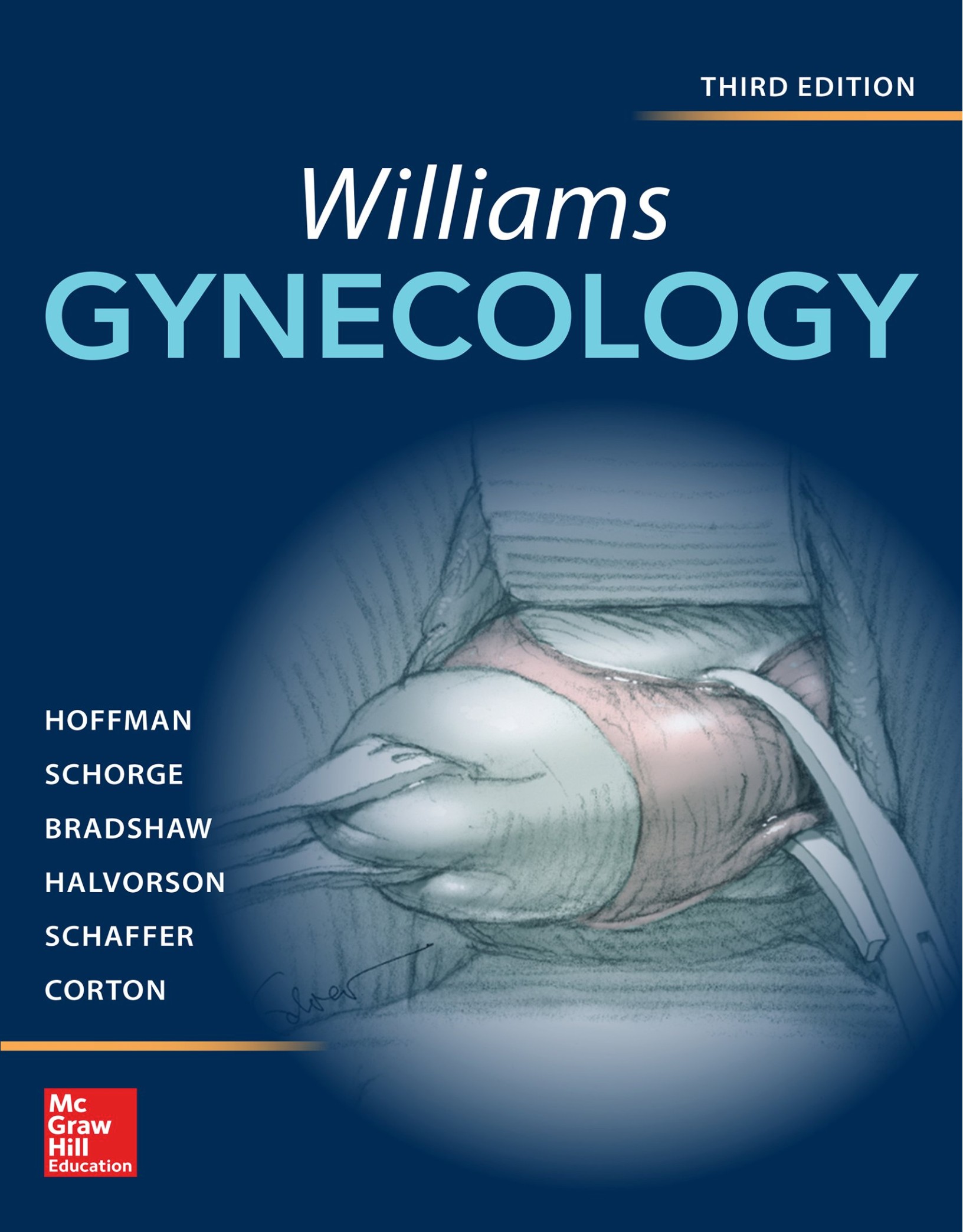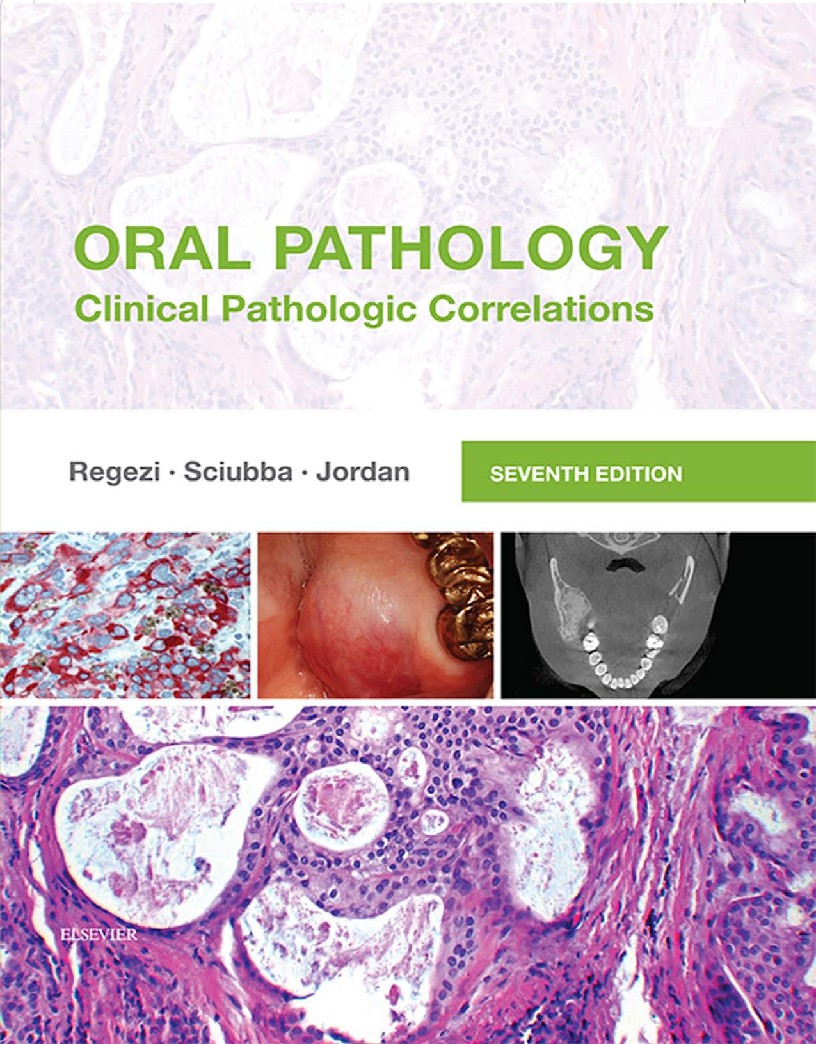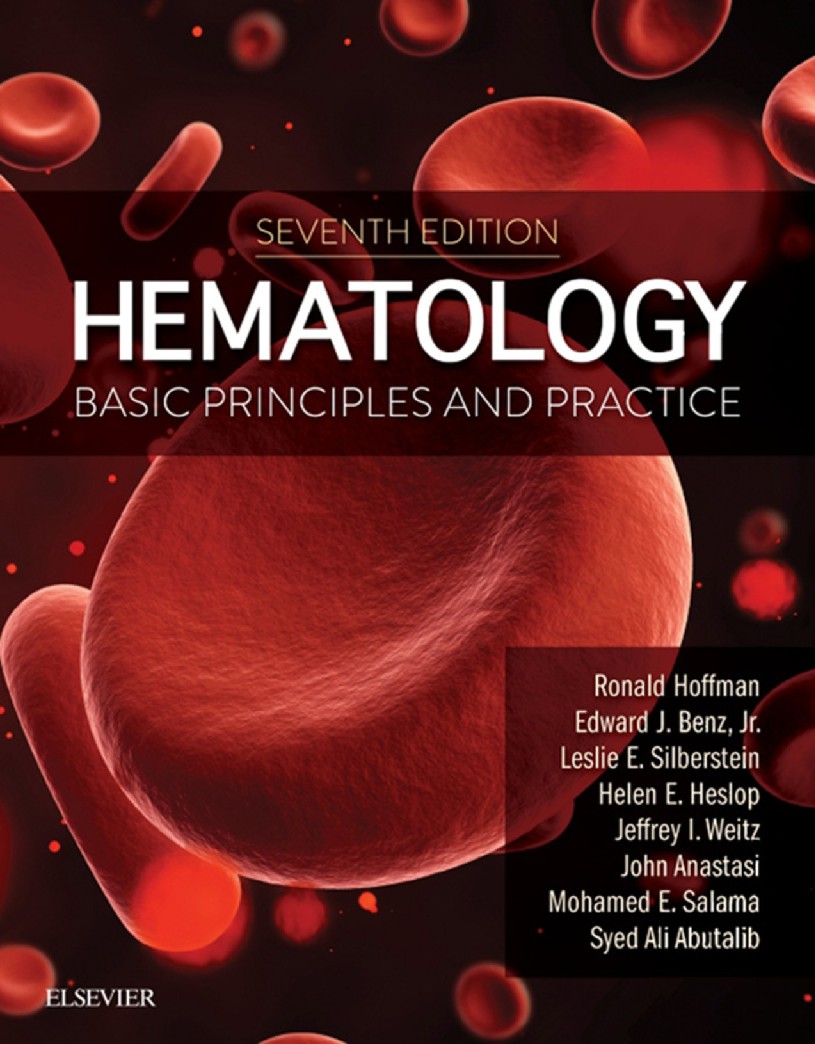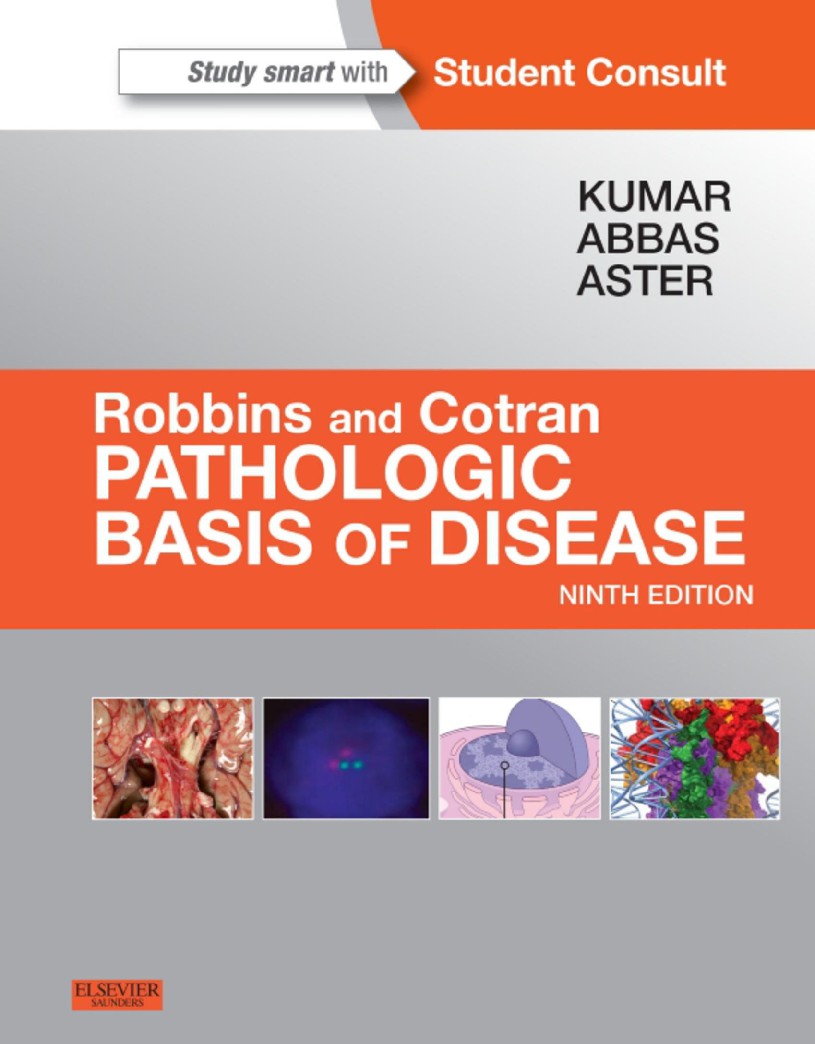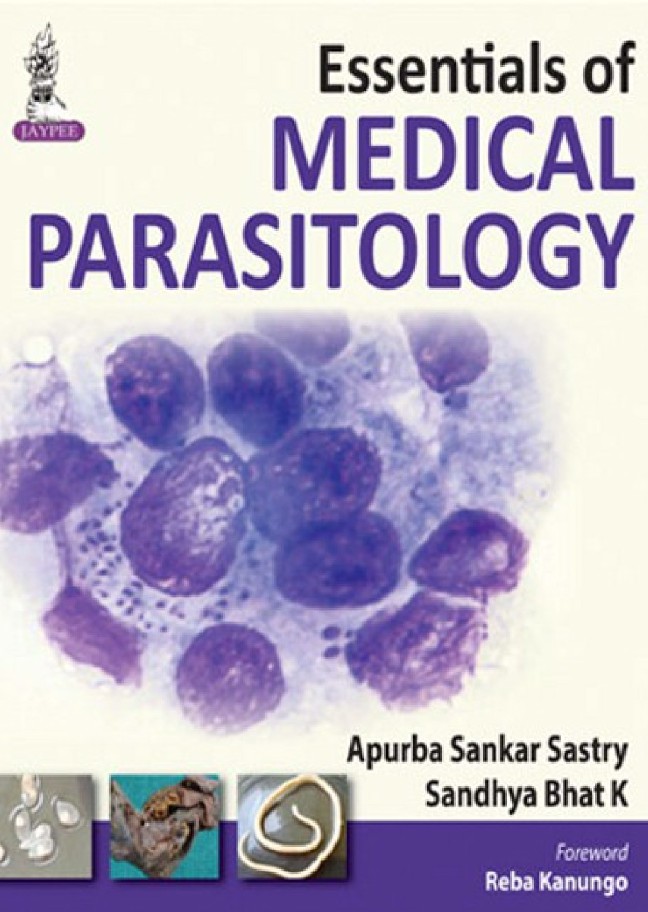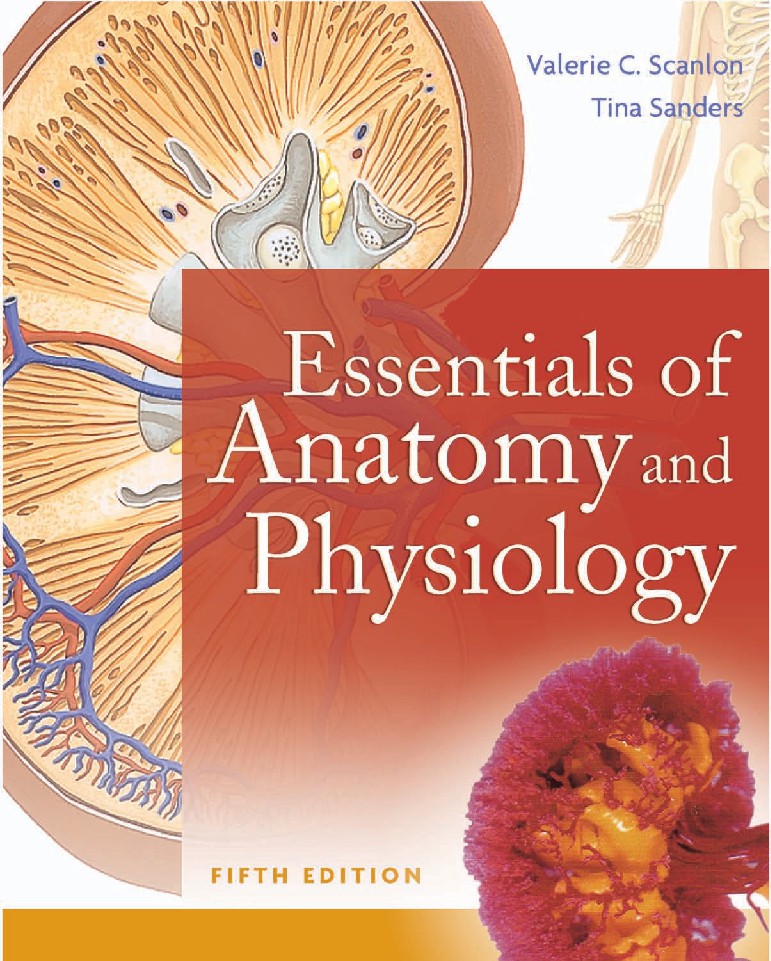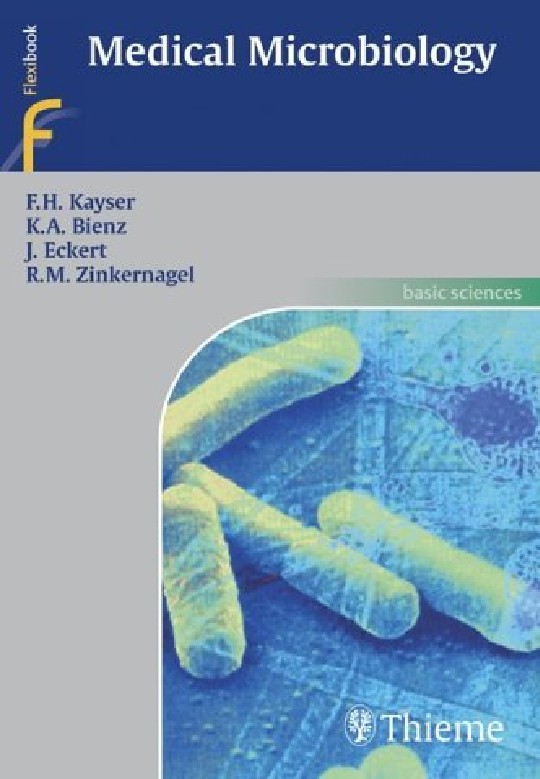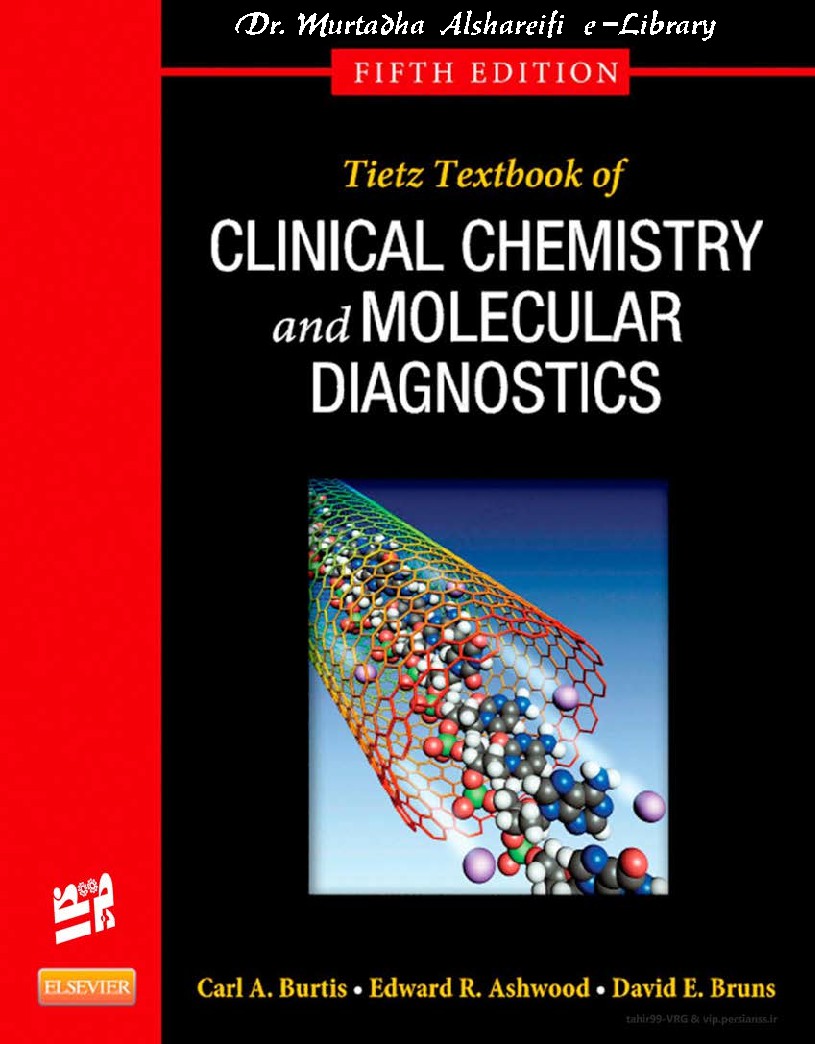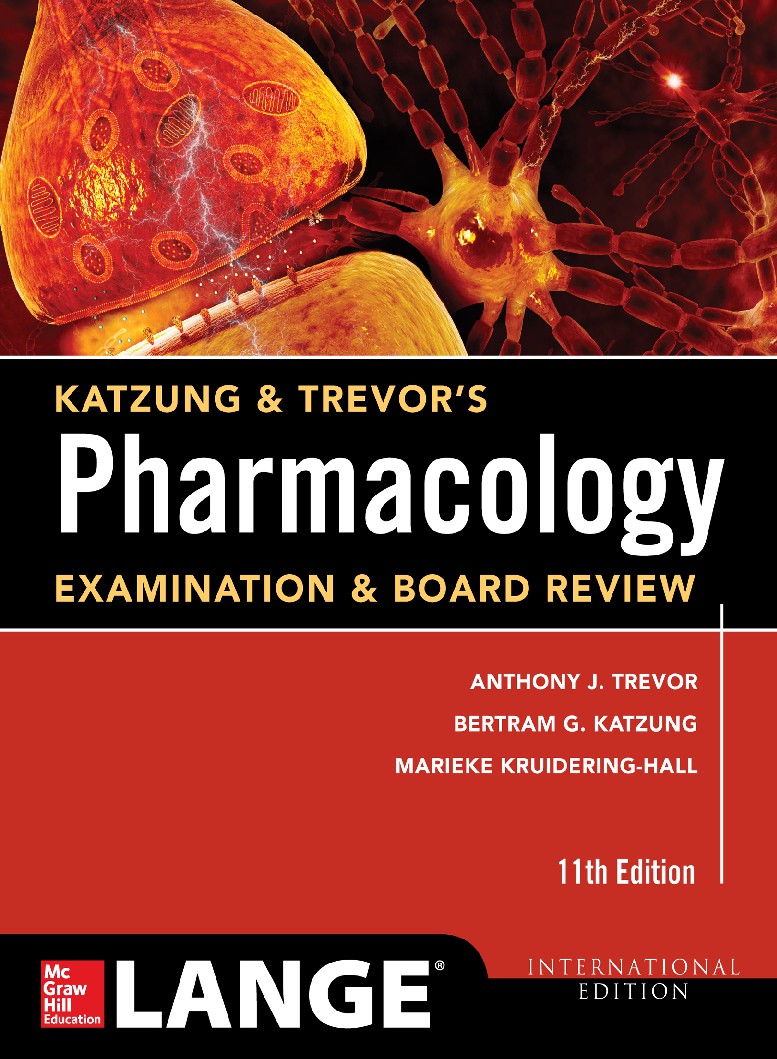Book Details

Textbook of Clinical Embryology by Coward Kevin
In the three decades since the birth of Louise Brown, the
first child conceived using in-vitro fertilization (IVF),
the field of clinical embryology has undergone remarkable
growth and evolution. The discipline has come to
embrace a wide-variety of specialized laboratory techniques,
collectively falling under the umbrella-term assisted
reproductive technology (ART). Worldwide, over
1 million ART cycles are carried out each year and
over 5 million babies are estimated to have been born
as a direct consequence. There is no doubt that ART
represents one of the most successful interventions in
any field of medicine. It has radically altered the way in
which most forms of infertility are treated and bought
hope to millions of infertile and sub-fertile couples
around the world. However, it must be acknowledged
that, despite the obvious successes, significant technical
challenges still remain and scientific knowledge in some
areas of clinical embryology is limited.
Author: Cambridge University Press
Pages: 410
Issue By: eBook 707
Published: 2 years ago
Likes: 0
